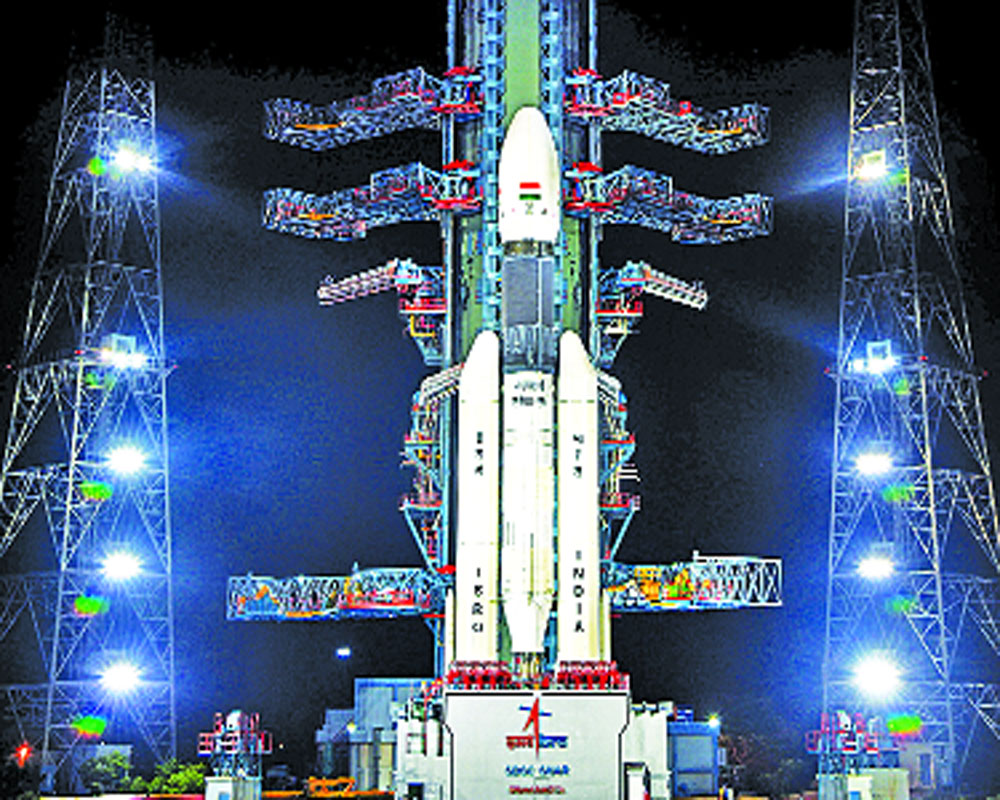Our lunar and solar missions were carried out using indigenous technologies at highly competitive rates
The kingmakers of the next century will be those who make a presence in other celestial bodies in outer space. The successful launching of Chandrayaan -3 followed by the launch of Aditya L1 made India a leading player in space research and exploration. We are on the list of select countries that have made their scientific presence both on the moon and sun explorations. Our first solar mission Aditya-L1 lifted off from the launch pad at Sriharikota on 2nd September at 11:50 IST and will travel 1.5 million km (932,000 miles) from the Earth, before reaching the designated Lagrange point (L1) after 135 days, if everything goes as planned. Lagrange Points, named after the French mathematician Joseph-Louis Lagrange is a spot where the gravitational forces of the Sun and the Earth cancel each other out, allowing a spacecraft to "hover". Lagrange points are used in space exploration and astronomy because they provide stable positions where spacecraft and observatories can maintain a consistent relative position concerning multiple celestial bodies.
This stability is particularly valuable for missions that require continuous observations of distant objects, such as telescopes studying the cosmos or spacecraft monitoring the Sun. There are five Lagrange points in the Earth-Sun system, among them L1 is close to Earth and allows for an unobstructed view of the Sun without being hindered by eclipses or occultation. This will allow scientists to study solar activities and their impact on space weather in real-time. Once the Aditya spacecraft reaches the L1 parking area, it will be able to orbit the Sun at the same rate as the Earth. The Solar and Heliospheric Observatory (SOHO), a joint NASA-European Space Agency mission that launched in December 1995, is already positioned at L1. The Aditya L1 is equipped with seven payloads, namely the Visible Emission Line Coronagraph, Solar Ultraviolet Imaging Telescope, Solar Low Energy X-ray Spectrometer, High Energy L1 Orbiting X-ray Spectrometer, Aditya Solar wind Particle Experiment, Plasma Analyser Package for Aditya, and Advanced Tri-axial High-Resolution Digital Magnetometers. The seven scientific instruments carried in the orbiter will observe and study the dynamics of the turbulent star sun. Four of them will view the Sun directly, while the other three will carry out in-situ measurements to explore the nature of the space weather that the Sun generates in interplanetary space. The payloads of Aditya L1 are anticipated to offer vital data for comprehending the phenomenon of coronal heating, coronal mass ejection, pre-flare and flare activity, as well as their features. The solar flares and coronal mass ejections (CME) can affect our planet Earth. Intense CMEs that hit our planet, for example, trigger geomagnetic storms that can disrupt satellite navigation and power grids. India currently has more than 50 satellites in orbit, which provide a variety of important services to the country, including communication links, weather data, and forecasting pest infestations, droughts, and impending disasters. According to the United Nations Office for Outer Space Affairs (UNOOSA), approximately 10,290 satellites remain in Earth's orbit, with nearly 7,800 of them functioning. Space weather has an impact on satellite performance. Solar winds or storms can destroy satellite equipment and potentially bring power grids down. Knowing about the Sun's activities, such as solar wind or a solar eruption, a couple of days ahead of time will allow us to relocate our satellites.
This will help to extend the life of our space satellites. Both our lunar and solar missions were carried out using indigenous technologies. The impetus given to space research in recent years, especially by PM Narendra Modi needs to be lauded.
(The writer is a science communicator and an adjunct faculty at the National Institute of Advanced Studies, Bangalore)
























